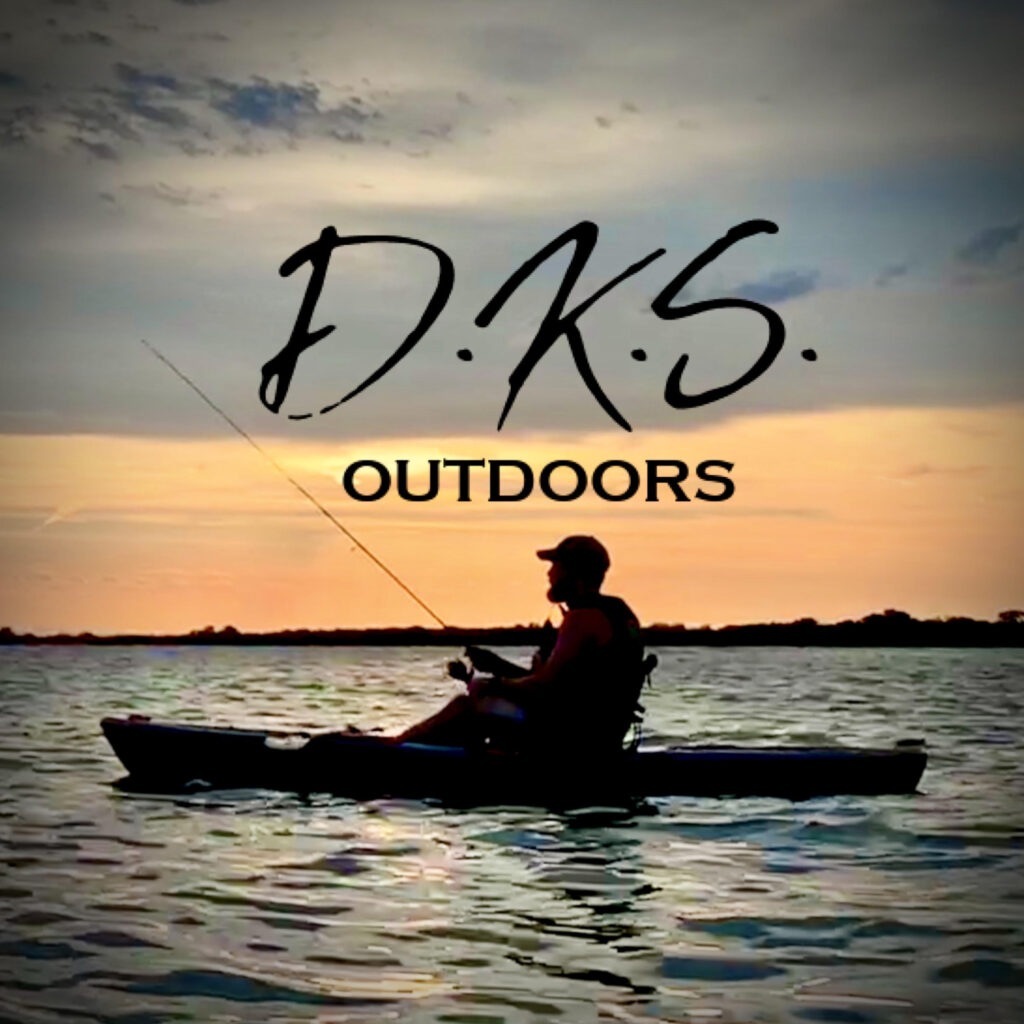Fly fishing flies can make all the difference when it comes to catching fish. As a beginner in fly fishing, selecting the right fly can be an intimidating task. There are countless patterns, colors, and sizes to choose from. However, with a few basic patterns and a little knowledge about local fish and conditions, you can quickly get started and catch fish. In this blog post, we will dive into the essential fly fishing flies for beginners, explore what makes them effective, and provide some tips on how to use them. So, get ready to tie on some flies and start catching fish!

Woolly Bugger
The Woolly Bugger is a versatile pattern that imitates a wide range of aquatic insects and baitfish. It is usually weighted, allowing it to sink quickly and attract fish in deep water. The Woolly Bugger’s marabou tail provides a lot of movement, making it an enticing target for hungry fish.
The Adams
The Adams is a dry fly pattern that imitates a variety of mayflies. It is a great choice for surface fishing in calm water, as it sits on top of the water and mimics the natural movement of a mayfly. The Adams comes in a range of sizes, making it easy to match the hatch.
The Pheasant Tail
The Pheasant Tail is a classic nymph pattern that imitates a variety of underwater insects, such as mayfly nymphs and stoneflies. It is a versatile pattern that can be fished deep or near the surface, depending on how it is weighted. The Pheasant Tail’s slim profile and natural coloring make it an effective pattern in clear water.
Know Your Fishy Audience
When choosing flies, it is important to match the size and color to the local fish and conditions. Different species of fish have different feeding patterns and preferences, so it is important to do some research before heading out to the water.
In general, smaller flies work best in clear water, while larger flies are better suited for murky water or fast-moving currents. If you are not sure what flies to use, try asking local fly shops or other anglers for recommendations.
The action and movement of a fly can also affect its effectiveness. Flies that move naturally in the water, such as those with soft hackle or marabou tails, tend to be more attractive to fish. Conversely, flies that are stiff or do not move much may be less effective.
Ultimately, the best way to determine which flies work best for you is to experiment and try different patterns. Keep track of what works and what doesn’t, and adjust accordingly. As you gain more experience, you will become more confident in your fly selection and be able to make more informed decisions on the water.
Other Patterns
In addition to the three patterns mentioned above, there are many other fly patterns that can be effective for beginners. Some other popular patterns include the Hare’s Ear, the Elk Hair Caddis, and the San Juan Worm.
The Hare’s Ear is another versatile nymph pattern that imitates a variety of insects, including mayfly nymphs and caddis larvae. It has a shaggy appearance and can be fished at different depths depending on how it is weighted.
The Elk Hair Caddis is a dry fly pattern that imitates adult caddis flies. It is a great pattern for fishing in fast-moving water, as it stays afloat and is highly visible.
The San Juan Worm is a worm pattern that can be effective in muddy or murky water. It is a simple pattern that imitates a worm or other aquatic invertebrate and is often fished deep.
As a beginner fly fisherman, it is important to start with a selection of basic fly patterns and then experiment with different patterns as you gain more experience. Remember to match the size and color to the local fish and conditions, and consider the action and movement of the fly. By doing so, you will increase your chances of catching fish and ultimately have more success on the water. Learn about essential fly fishing knots here!
